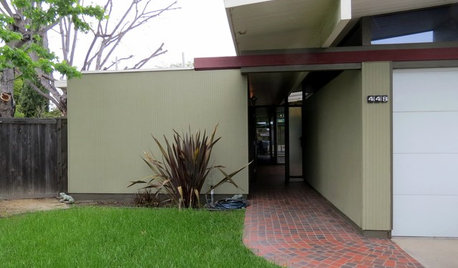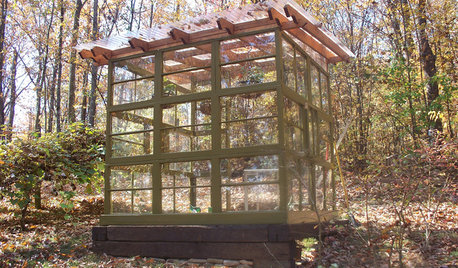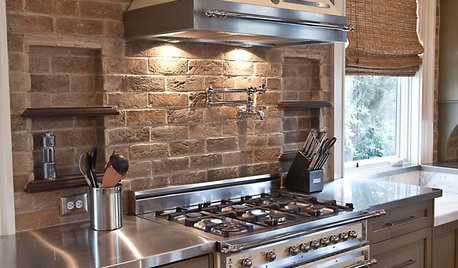can't seal greenhouse door
farm_boy
9 years ago
Featured Answer
Comments (6)
NHBabs z4b-5a NH
9 years agosteve333_gw
9 years agoRelated Professionals
Kapaa Landscape Architects & Landscape Designers · Peabody Landscape Contractors · Canby Landscape Contractors · Cerritos Landscape Contractors · El Mirage Landscape Contractors · Golden Landscape Contractors · La Mirada Landscape Contractors · Rio Linda Landscape Contractors · Thonotosassa Landscape Contractors · Waipahu Landscape Contractors · West Haverstraw Landscape Contractors · Woodburn Landscape Contractors · Irvington Landscape Contractors · North Aurora Landscape Contractors · Fort Lee Solar Energy Systemsgrubby_AZ Tucson Z9
9 years agofarm_boy
9 years agoJim Dickerhoff
3 years ago
Related Stories

PETS5 Finishes Pets and Kids Can’t Destroy — and 5 to Avoid
Save your sanity and your decorating budget by choosing materials and surfaces that can stand up to abuse
Full Story
HOUZZ TOURSMy Houzz: Yard Seals the Deal for an Eichler Home
Expansive indoor-outdoor living sold a couple on this midcentury California home, now brimming with vintage finds collected over time
Full Story
GARDENING AND LANDSCAPINGSee a Family Greenhouse Grown From Scraps
Can-do resourcefulness and less than $400 lead to a new 8- by 8-foot home for plants on a Tennessee family's property
Full Story
MODERN ARCHITECTUREEntryway Appeal Can Hinge on a Pivot Door
Larger, heavier and often more dramatic than their swinging cousins, pivot doors fit right in with modern homes
Full Story
MIDCENTURY HOMESHouzz Tour: How Can We Get Invited to This Awesome Midcentury Home?
A redwood-clad gem in California’s Marin County features a dreamy outdoor oasis with an open-door policy for the homeowners’ friends
Full Story
OUTBUILDINGSStudio Solution: A Kit Greenhouse Becomes a Creative Private Office
See how an inventive work-from-home designer made an office from a greenhouse, for some inspired thinking in the backyard
Full Story
INSPIRING GARDENSWe Can Dream: Lush Life on a Historic Normandy Estate
New gardens surround centuries-old buildings on a 10-acre property in France, creating a beautiful haven
Full Story
KITCHEN DESIGNYes, You Can Use Brick in the Kitchen
Quell your fears of cooking splashes, cleaning nightmares and dust with these tips from the pros
Full Story
HOUSEKEEPINGCan-Do Cleaning Strategies for Busy People
While you dream of having a maid (to go with the cook and chauffer), this simplified cleaning routine can keep your real-world home tidy
Full Story
WINDOW TREATMENTS7 Window Treatments That Can Lower Your Energy Bills
Beautify your windows, keep your home cool and reduce energy use all at once with the right covering
Full StoryMore Discussions







wyndyacre